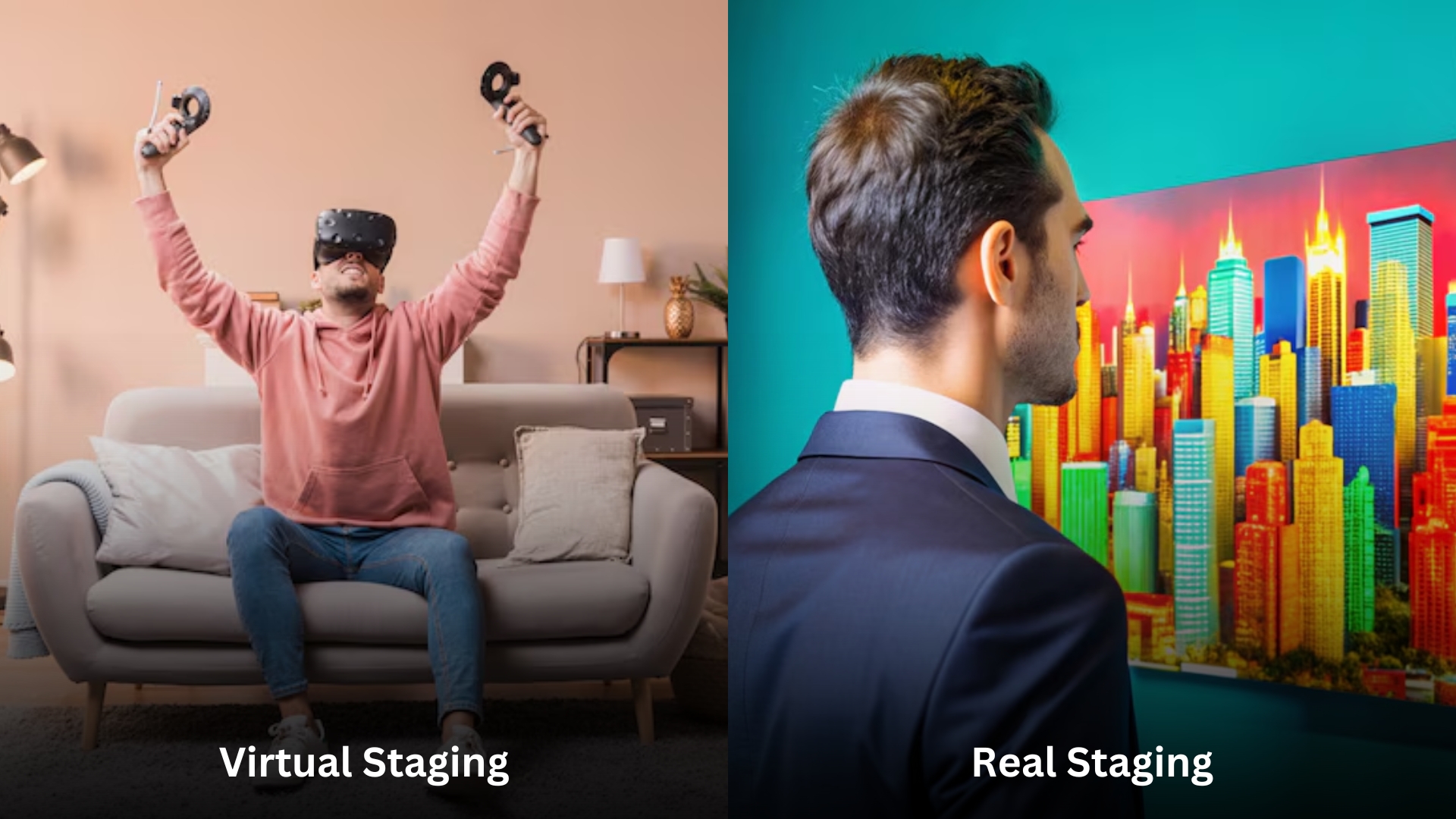
The real estate property market is evolving, and savvy business specialists are continuously in search of innovative ways to show off properties and entice potential buyers. In this competitive market, staging performs a crucial role in first impressions, and the debate between virtual staging and actual staging has become a focal point for plenty. But which option reigns preferred? Let’s explore this basic question together.
Imagine transforming a space into a colorful, furnished haven – all with the click of a mouse. Virtual staging, an architectural visualization technique, utilizes specialized software to digitally populate areas with fixtures, décor, and even digital excursions. No physical furnishings rental, transferring hassles, or logistical nightmares – just instant ameliorations that capture consumers through the power of 3D visualization.
Now, let’s shift gears and step into the realm of traditional real staging. Picture meticulously curated areas packed with real furnishings, artwork, and add-ons, developing a warm, inviting environment that homebuyers can physically experience. It gives a tangible connection that virtual simulations cannot replicate.
There’s no single “winner” in the virtual vs real staging conflict. The best technique often hinges on circumstances, budget, and property kind. Consider the elements:
Remember, both digital and real staging offer particular advantages. Creative groups that specialize in architectural rendering and 3D visualization can provide priceless expertise in each case. Experiment, examine outcomes, and adapt your technique to maximize effect and achieve the desired “Sold” results.
The latest survey through the National Association of Realtors (NAR) found that:
88% of real estate retailers consider staging facilitates to promote homes faster.
93% of customers indicated that staging affected their perception of a property.
Interestingly, 42% of respondents determined digital staging equally powerful as actual staging in supporting them in visualizing a space.
This information highlights the growing attractiveness and ability of virtual staging. Ultimately, the key lies in a clear understanding of your target market, leveraging the strengths of every alternative, and creating a staging strategy that resonates with your target marketplace. By positioning your properties right, you could transform homes into havens, attract prospective buyers, and watch your business flourish in the ever-evolving real estate panorama. So, are you ready to level up your approach to success? Choose wisely, adapt strategically, and consider that the stage is yours to set for a notable adventure!